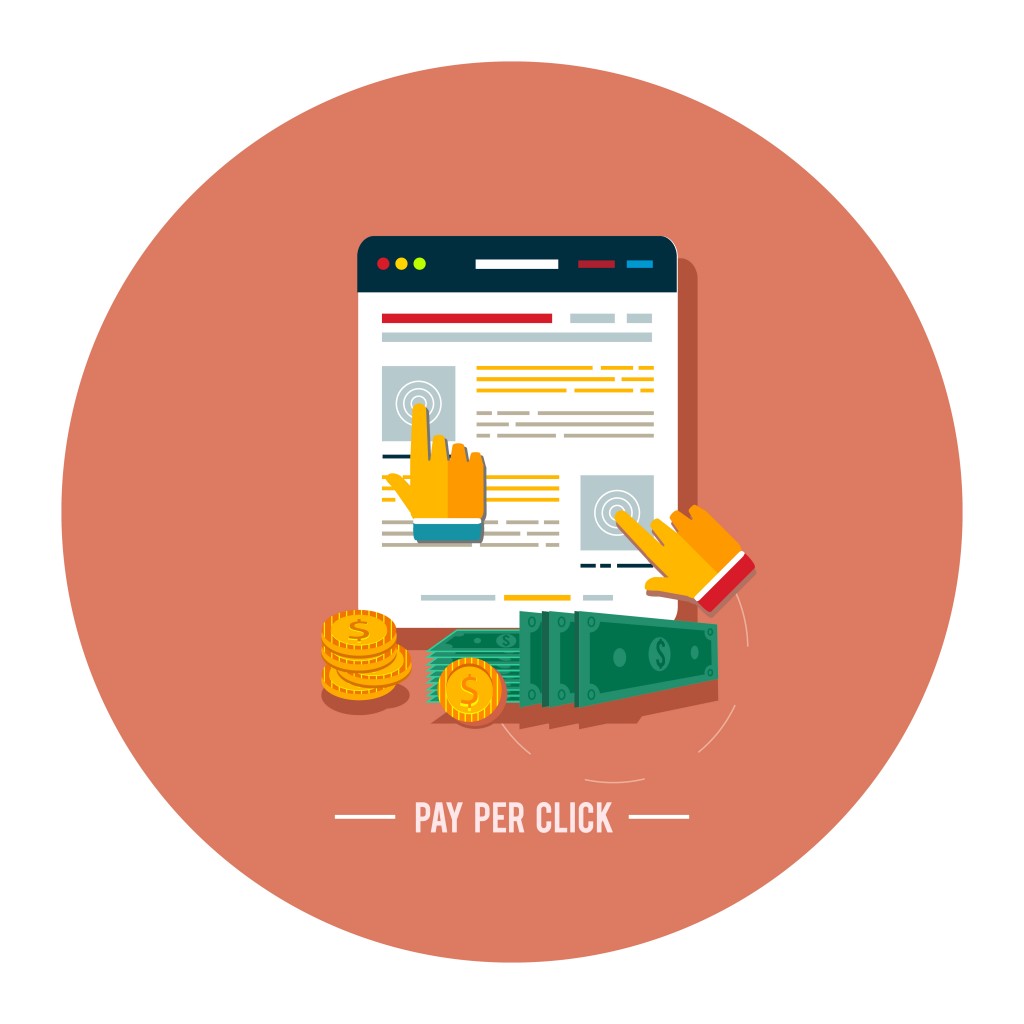-
Traffic
Get More Traffic
SponsoredLinX offers a number of different services to help drive more qualified traffic to your website. Google Ads Management Search Engine Optimisation Microsoft Ads Facebook Advertising Google Ads Mobile“SponsoredLinX are a rarity in today’s market place, they promise a lot but deliver more. Our business has grown by over 400% in one month; we are amazed at the difference they have made.”
-
Conversion
Convert More Leads
Our second step is making sure that your website is able to convert the traffic you receive into leads for your business. Optimising your website to convert more leads is important to a profitable campaign. Web Development Convertopages Do It For Me eCommerce Social Media Posts“I just want to say thank you! The changes that you have applied in our AdWords campaign have definitely seen an improvement on click quality and sales for HippityHop.”
-
Retention
Retain Your Customers
As you build up a customer base you need to make sure to keep engaged and retain your relationship. Facebook Management LinX App“SponsoredLinX fully redesigned our main company website with a fresh, clean and professional look. The ‘Google friendly’ web design were part of the fantastic ongoing service we received.”

The Ad Extensions You Aren’t Using, and Should Be!
If you have done any type of print marketing, you might recall paying per line or even per character. If you were looking through a Sunday classified, you might see ads using text speak to save space. In short, you pay for the real estate you would like to occupy. In digital marketing, space is still a premium. Advertisers pay for placements and bid on positions. However, there is a notable difference. We don’t pay for the extra physical space if we add in ad extensions.
If you are not familiar with ad extensions, these can add in extra lines of information outside of your text ad. As with most things Google AdWords, we are not in control when these ad extensions show – Google’s algorithm decides when your extensions show. But, you can add all the extensions that are relevant to your business and make sure your ads are visible.
So, what ad extensions are available for us to use? Let’s start at the top.
Sitelinks
These extensions will show potential customers other areas in your website that might interest them. For example, you might want to show them a ‘sale’ tab, prompting them to see what is on sale, and therefore increasing the chances for a conversion. This extension can be done at an AdGroup level, which means you are able to customise what sitelinks are seen for each keyword. If you are not segregating your keywords into more detailed AdGroups, this might be a good motivator.
Quick tip: don’t forget to fill out both lines of the sitelink, as this will increase the size of the ad.
Location extensions
You have probably seen ads with the physical location attached to the ad, and you can apply this too. To get this to work, you will need to have a Google My Business page (https://www.google.com/business/) add in your location and get it verified by Google. From there you can link up AdWords to Google My Business and your location will be eligible to show. As an added bonus you will be able to show in the local listings on the map function.
Call extensions
Show your phone number or a dynamic number from Google with your ad. This will give you an option on mobile searches for a click-to-call ad. This will allow you to track calls from ads and allow for conversion optimisation.
Quick Tip: Google sets the default for call tracking for 60 seconds before it’s registered as a conversion. Be sure to adjust it for your needs.
App extensions
Quite simply, if you have an app you’d like to attach to your ads, you can do it here. An example might be a bank wanting to show you they have a mobile banking app.
Review extensions
This is really an important and underused extension. How often will you base a purchase on reviews online and star ratings? By adding these in, you can put a very short testimonial online as a review. Just be warned you don’t get much text.
Call out extensions
This will either replace or add to your second line of text in your ads. These short bursts of information allow you to show points of difference and test them. Some examples might be: ‘Open 24/7’, ‘Australian Owned’, ‘Free Shipping’, etc. I recommend adding at least six of these call outs into the campaign, and Google will show between two to four of these at a time.
Quick tip: Once you have call outs running for a period of a month, you will be able to see what information is likely to lead to a conversion. This information can be included in your next series of ads.
Structured snippets
Similar to call out extensions, you can highlight points of difference in your ads. Structured snippets are guided and they include a category to fill out with information and keep in mind you have to follow a format with Google.
Happy extensions!
Are you using ad extensions to their maximum effect in your Google AdWords campaigns? If not, get the talented team here at SponsoredLinX to help get you started. Call us on 0800 004 672.


